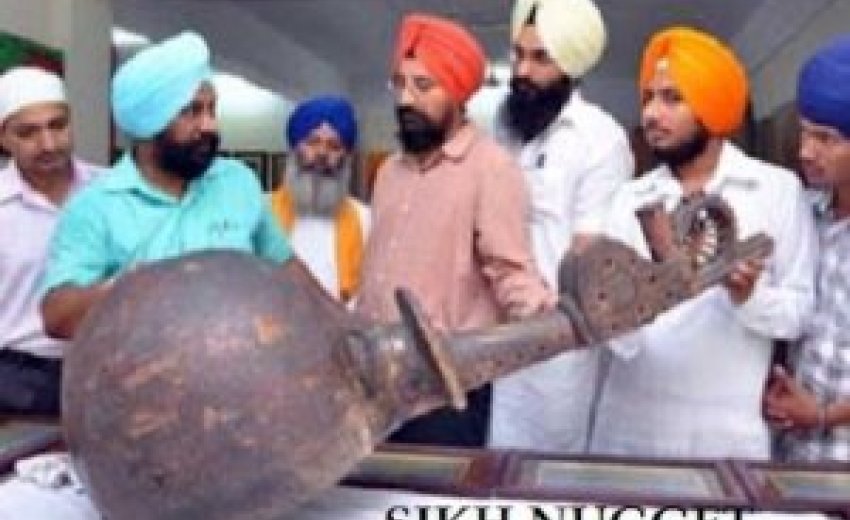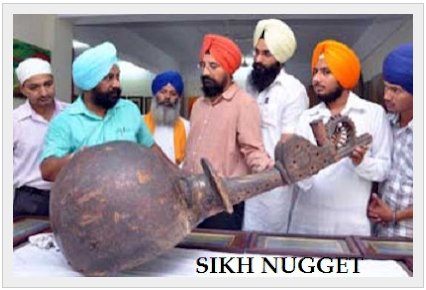|
The rabab, which is believed to be from the era of the Gurus, remained the centre of attraction for the visitors. JS Bhatia, the coordinator of the event, who had discovered the musical instrument at a gurdwara during his PhD research work, shares its historical significance: "I chanced upon the rabab and some other relics from Gurus' era at a gurdwara in Fatehgarh Sahib. The rabab appears to have been made during the 16th century on behest of some Rajput king who offered it to Sikh Guru Arjun Dev, from where it must have traveled to Anandpur Sahib, the seat of the tenth Guru. Perhaps during exodus from Anandpur, it was stored in a trunk along with weapons and other relics - where it waited for centuries to see the light of day again." 'Symphony - a homage of colours', an exhibition of 31 paintings by Toronto-based artist Hardev Singh, was a visual depiction of the artist's imagination of the 31 ragas used in the Guru Granth Sahib. A large number of people were attracted by the paintings which gave a pictorial perspective to the ragas from the scripture. For instance, raga 'bilaval' mirrored its mood from river of fire, raga 'megh' expressed its form in heavily water-laden clouds, ready to shower blessings. Meanwhile, on the last day of the festival, noted 'Hazoori ragis' presented gurmat sangeet. Dr Gurnam Singh, HoD, gave detailed information about the projects being undertaken by the department. He also informed that two students from US with Fulbright scholarships have been enrolled in PhD programme. |


